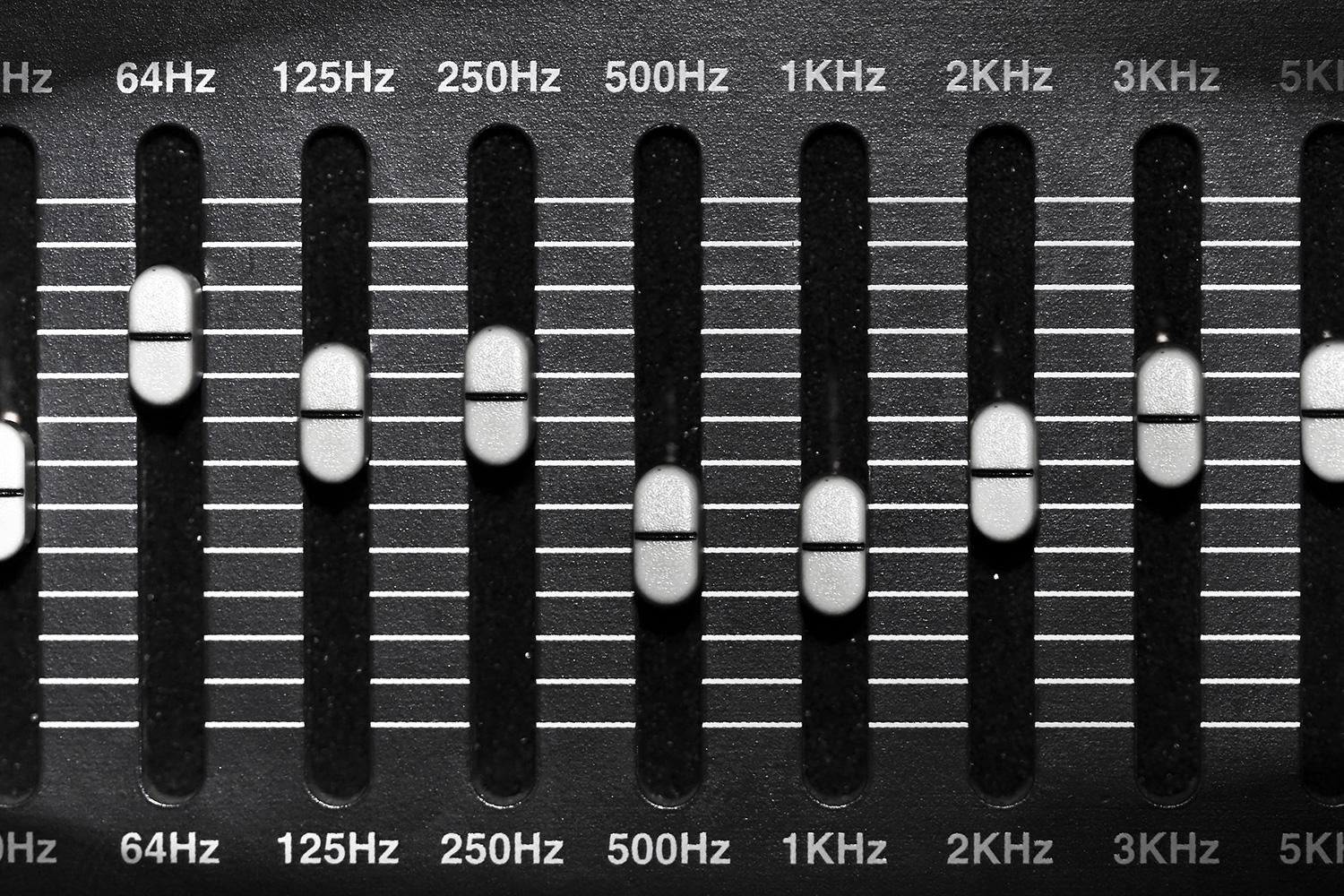Bass frequencies are usually notorious to deal with and hard to get right in a mix. In this blogpost we explore different techniques and teach you the tools on treating bass and low-end frequencies.
1. Get in Phase
- Phase cancellations can occur when recording multi miked instruments like a bass amp and bass DI together. The time differences in which the amp signal and DI signal reach your speaker can cause your bass sound thin if it is out of phase.
- To rectify this, simply line up the amp signal and DI signal together and make sure the the peaks and throughs line up with each other.
- Even better, get a phase align plugin like SoundRadix’s Auto Align, to help auto correct your phase issues.
2. EQ Techniques

- The 20 – 100Hz frequency band is probably one of the most difficult EQ ranges to deal with. Most of the power and low end energy comes from that range and often take up most of the headroom in your mix buss.
- You would always want to be careful when applying EQ to this range. Try to avoid broad low shelves as you may be increasing sub-sonic frequencies and rumble that your speakers/headphones cannot re-produce. Instead, try to do a sweeping EQ, with a narrow peak filter, and identify the problem frequency and notch it down slightly.
- High Pass Filters (HPF) are a great way to tighten up the low end in your mix. For example, if you know an acoustic bass is only going to have rumble going on below 50Hz, it is wise to have a HPF engaged at around 50Hz to remove any unwanted sonic characteristics. Using HPF on most of tracks in your mix will greatly leave room and space for a tighter, more pronounced low end.
- HPF can also be applied to full-range instruments such as keyboards, synths and organs.
3. Making the Kick & Bass Work
- The two most common instruments that are known to take up space in the mix are both the kick and bass.
- When mixing, try to get separation between both instruments. One common technique is using gentle compression to duck the kick or bass using side-chain compression. Another technique is to decide which frequency spectrum both instruments would occupy in your mix. If the bass has a lot of information within 100-250hz, try to EQ out some of that frequency out from the kick to achieve a balance between the two.
4. Adding Harmonics

- Another cool trick to have up your sleeve is to add and layer harmonic distortion on top of your bass signal. Many times, we struggle to get a bass signal to pop out in a mix and pushing it louder in volume will only cause us to peak the headroom we have in our mix buss.
- Harmonic distortion is a creative work around this as if will increase the apparent loudness of your bass signal without taking up much headroom.
- Our favorite harmonic distortion tool, which is free, is Softube’s Saturation Knob. It is easy enough to learn and a little harmonic distortion can go a long way.
- If you would want to learn more about harmonic distortion, check out our blog post on using SoundToy’s Decapitator to enhance your mix.
5. Mix Buss Compression
- You may be wondering what does mix buss compression have to do with dealing specifically to bass in the mix? Well, mix buss compression can either destroy the bass or compliment it.
- One has to be extremely careful when setting up a mix to use mix buss compression. Simply slapping in a compressor and calling a preset would not work. Because low frequencies have so much energy, it will almost be the trigger for the compressor’s circuitry. This is not ideal as you would start to hear the bass get sucked in or sound unbalanced in the mix. To prevent this, most mix buss compressors have a filter where you can set the detection circuit to not be triggered by frequencies below the set filter.
Splice offers unlimited backups, version control, and a whole community of producers sharing their work for free. We support Logic X, Garageband, FL Studio and Ableton Live. To get started, sign up here!
March 18, 2016



